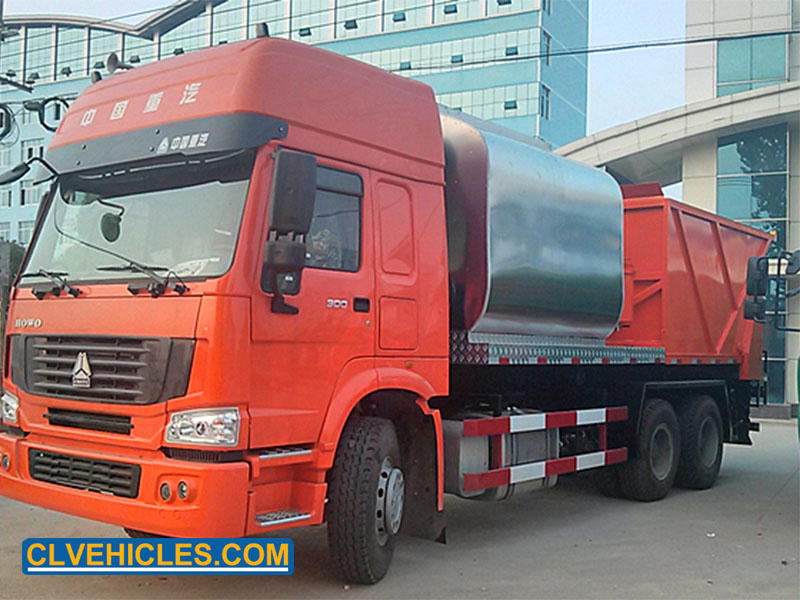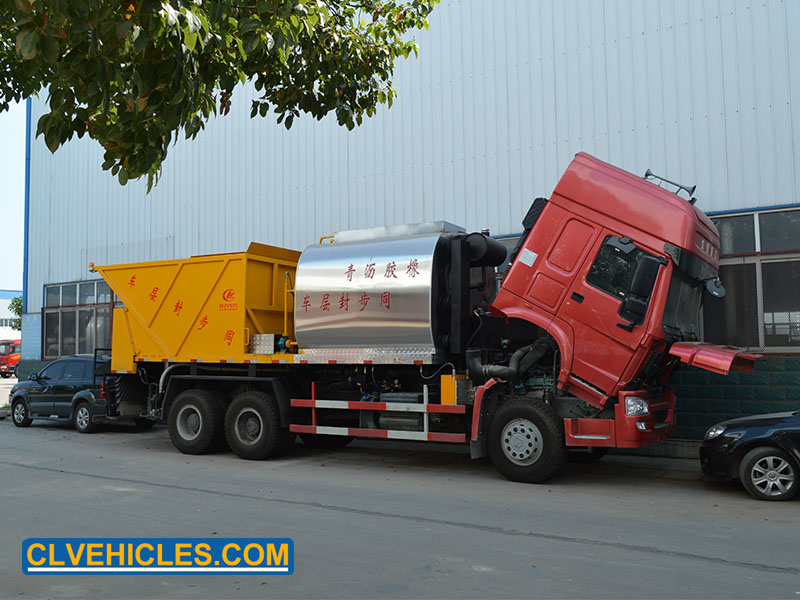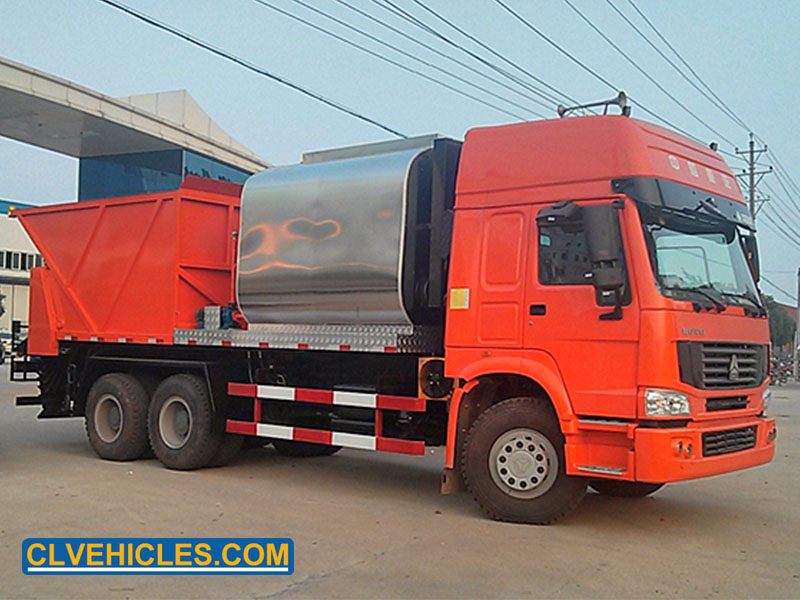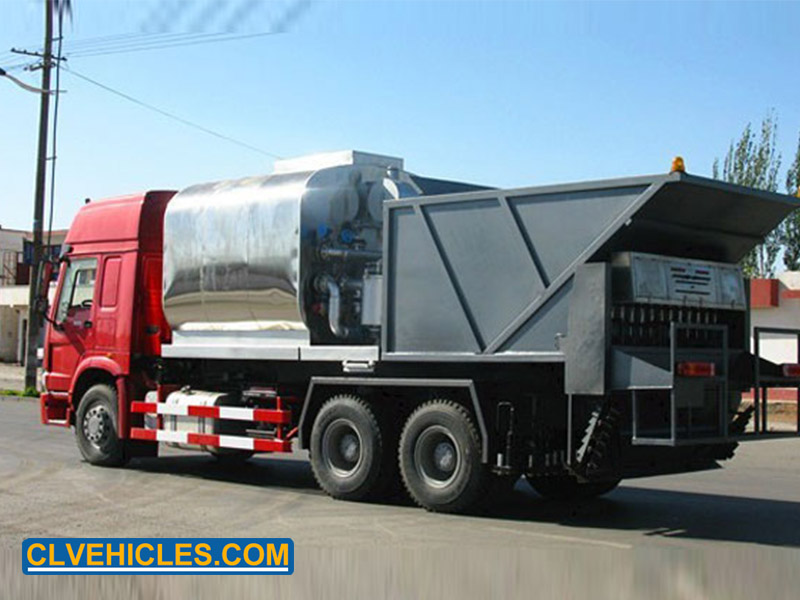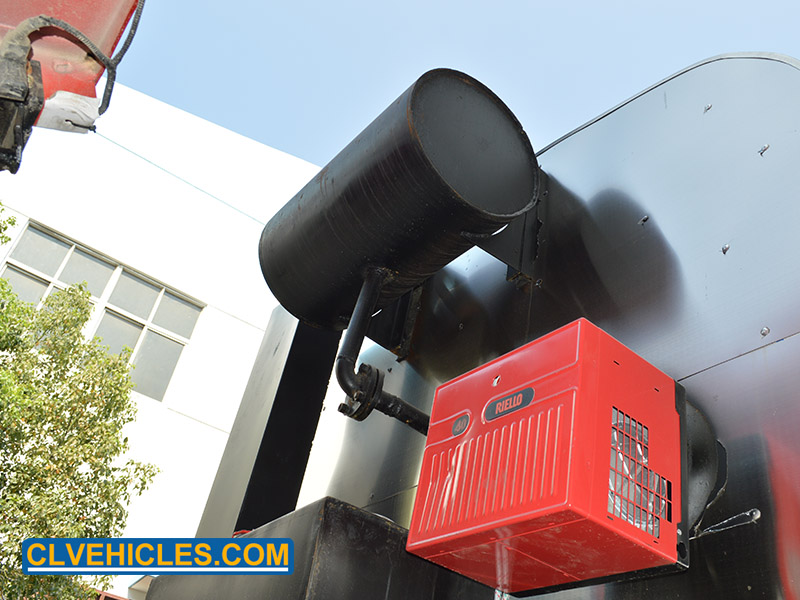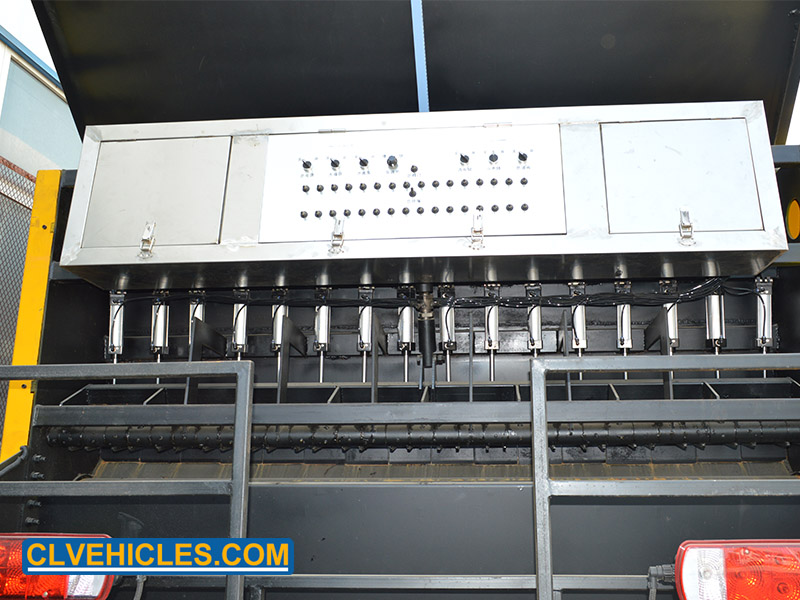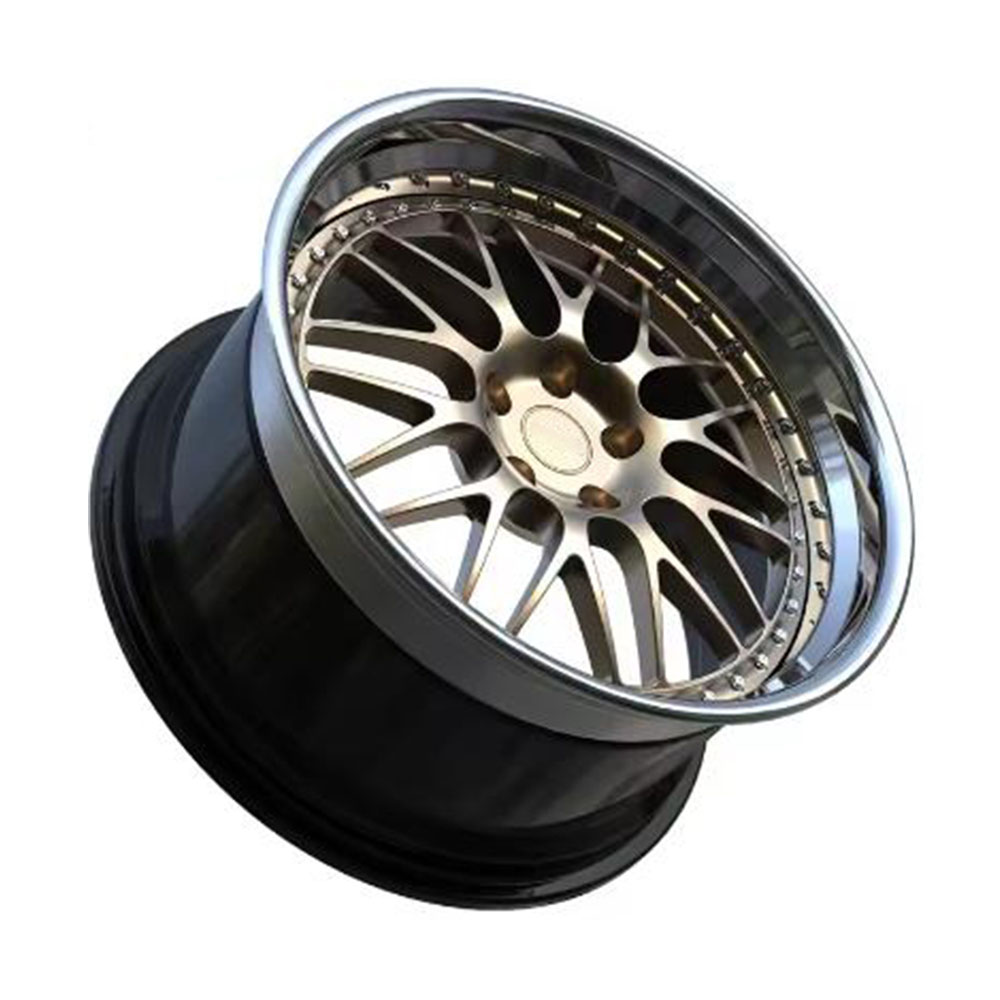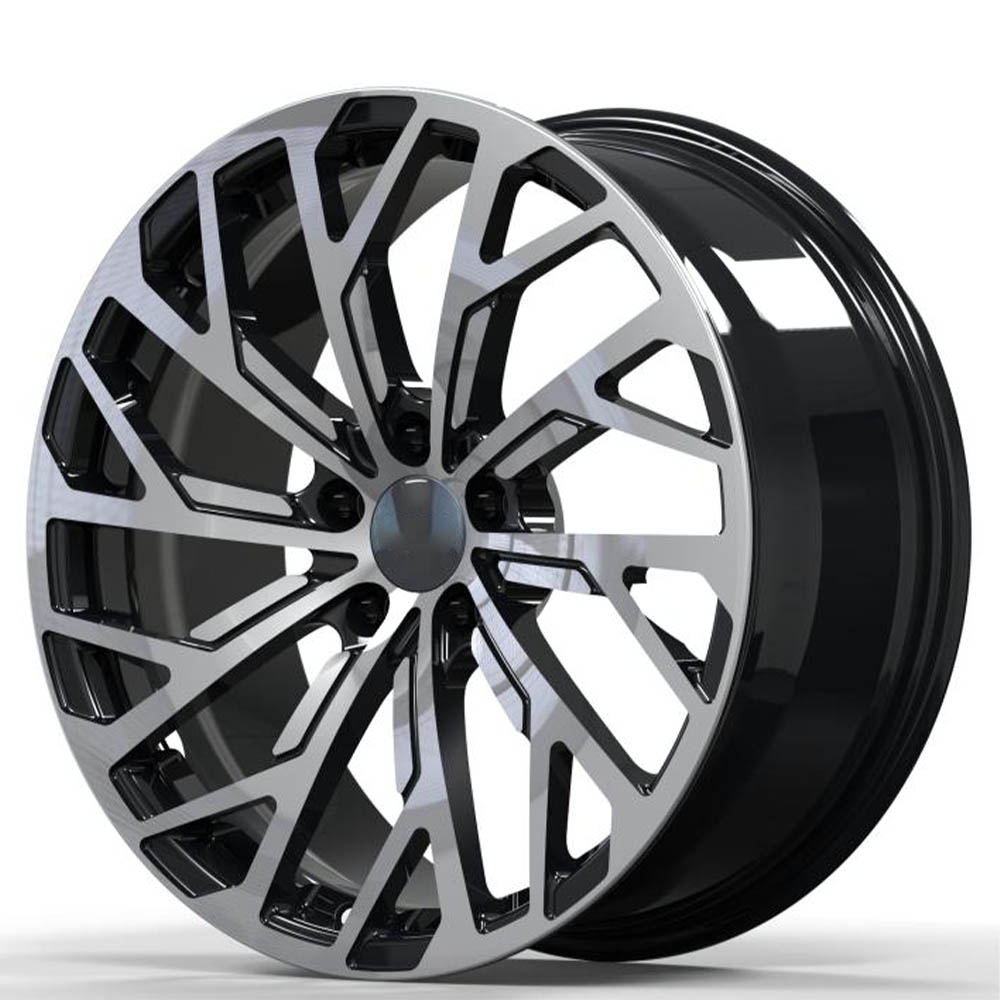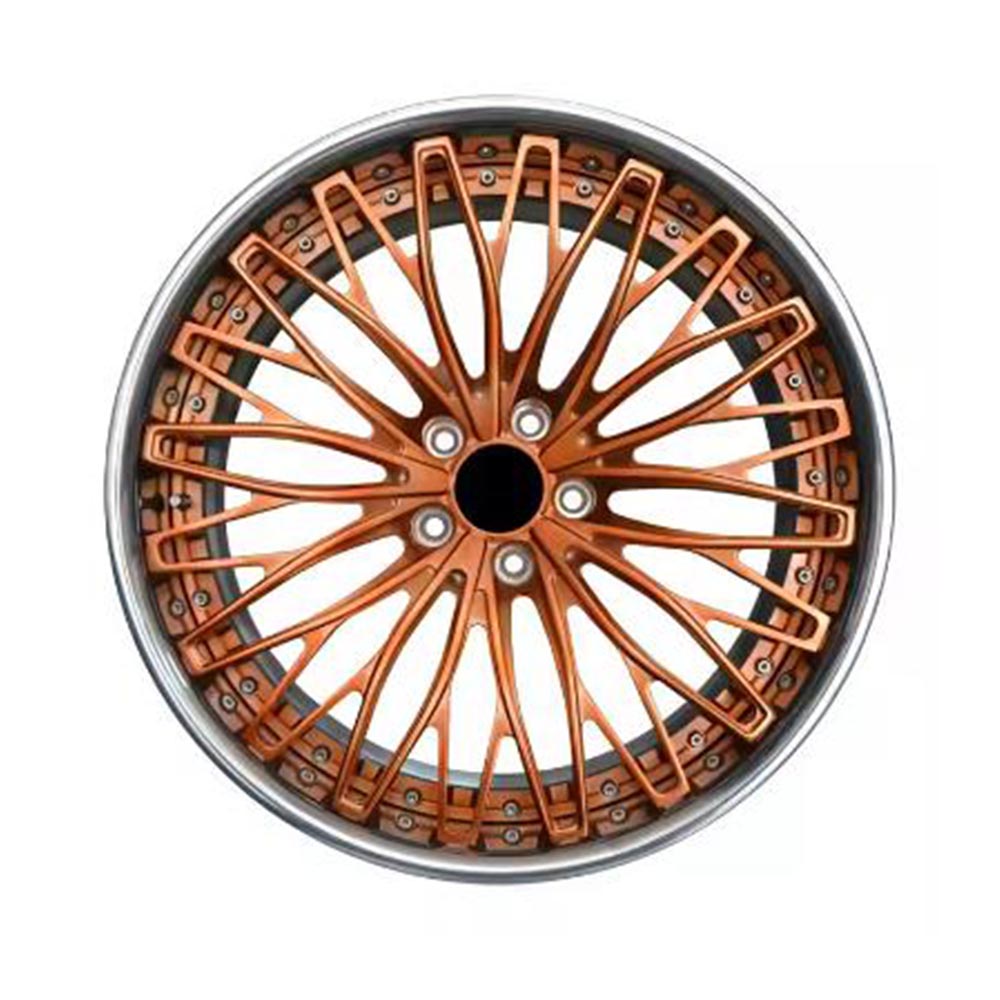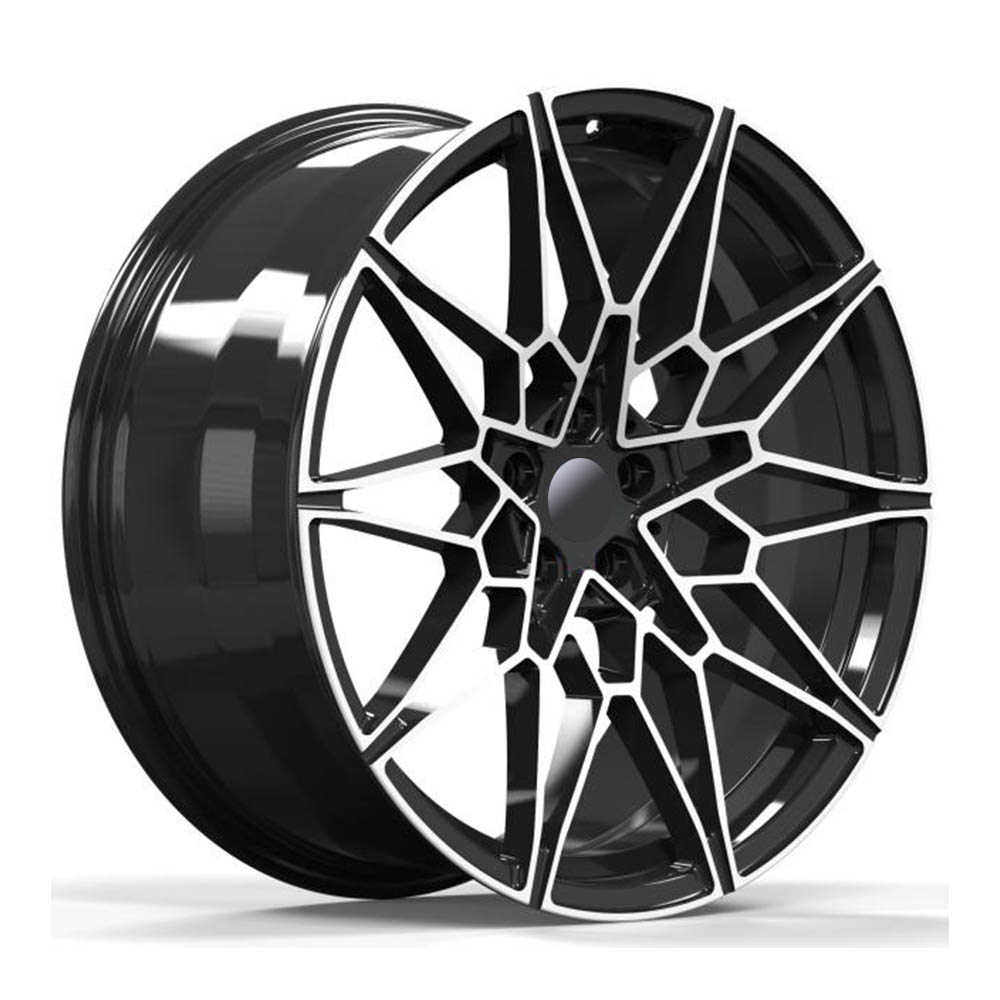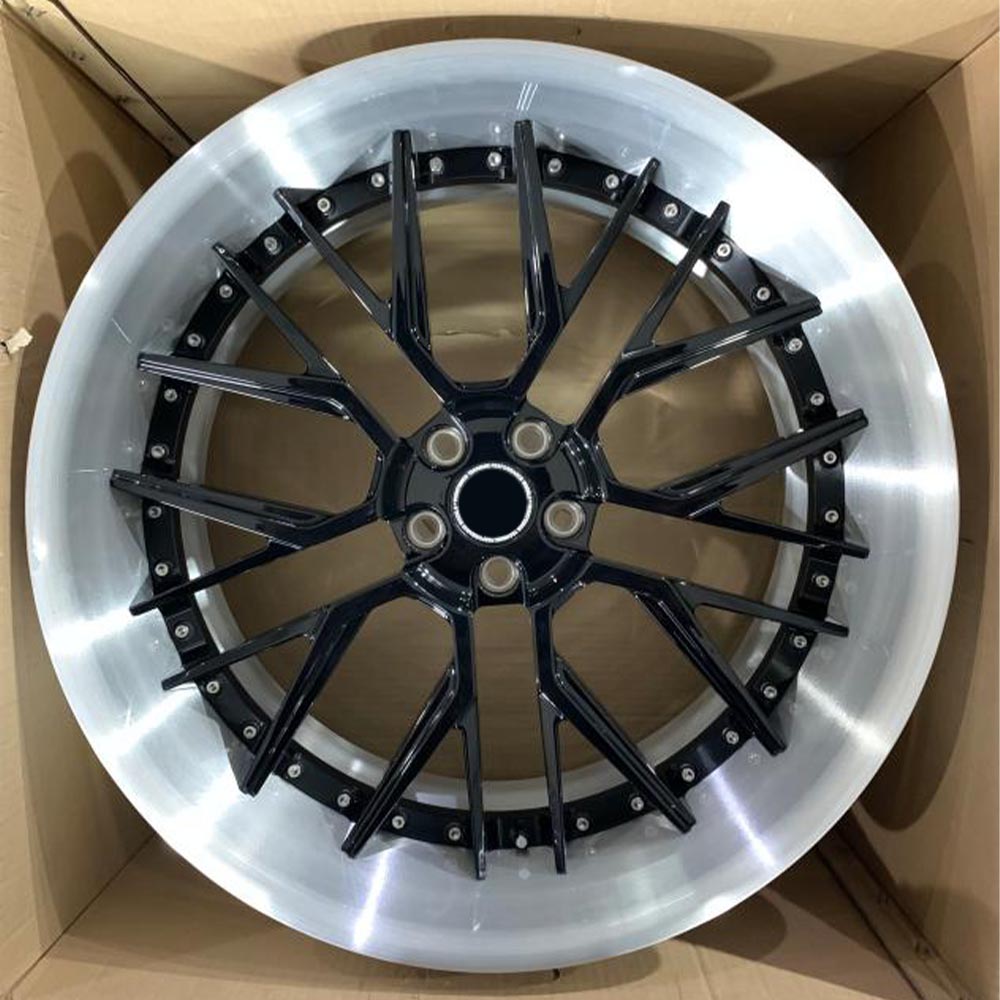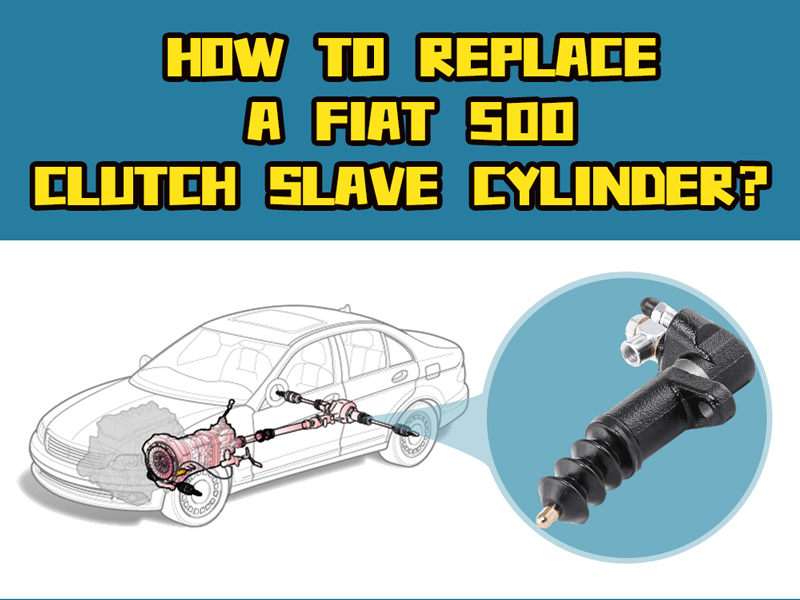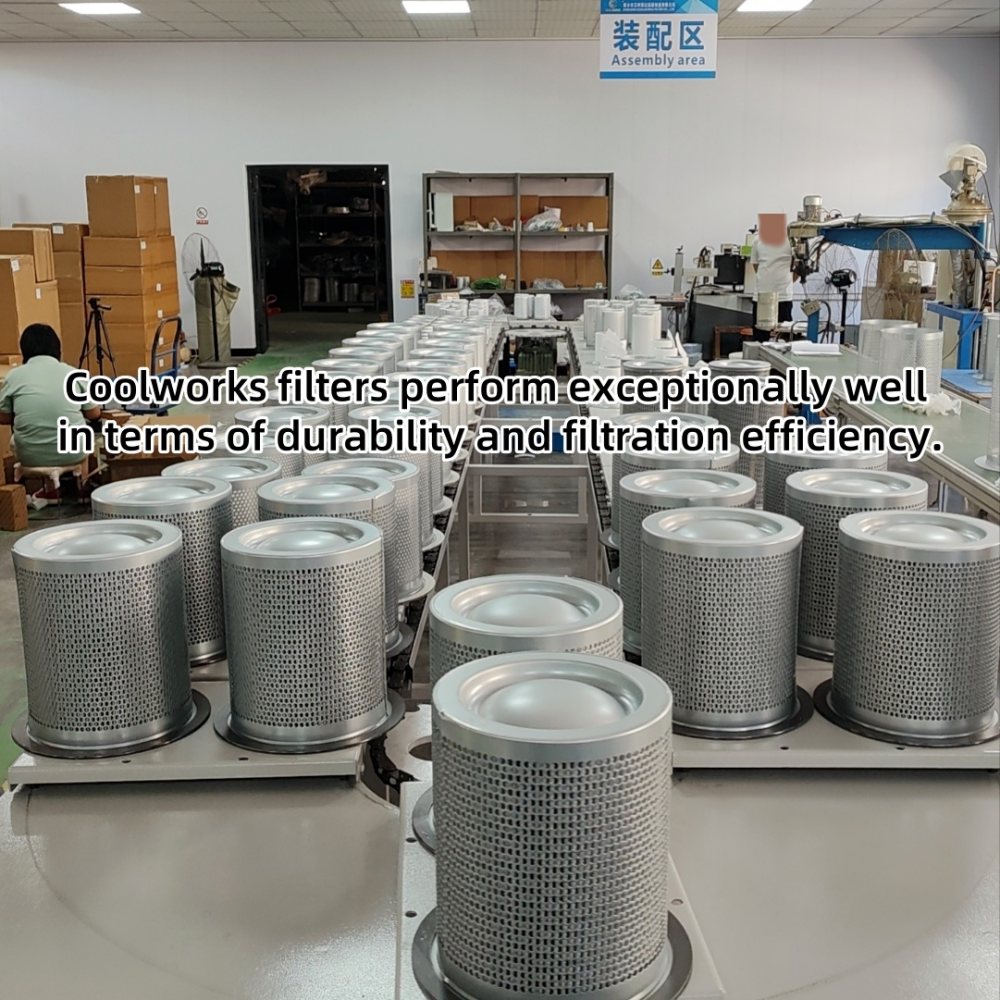What are the world's best ambulance manufacturers?
1、American Emergency Vehicles
• American Emergency Vehicles is abbreviated as AEV
• AEV's ambulance vehicles are all produced in NC (North Carolina, USA), and it is one of the most extensive ambulance lineups of manufacturers on the market today.
• AEV is a custom manufacturer of ambulance vehicles, primarily Type 1, Type 2, Type 3 and Medium Duty Ambulances.
• AEV joined the REV Group in February 2010 and is one of the brands of the REV Group. REV is an industry-leading manufacturer of specialty vehicle excellence serving firefighting, emergency response, commercial facilities and recreation.
• Traumahawk Telematics, RollTek airbag system is available as an option for ambulance vehicles, and has High-Risk Infection Control Ambulances.

2、Braun Industries, Inc.
• Braun Industries, Inc. was founded in 1961 and has stood for rugged, reliable, superior craftsmanship in ambulance manufacturing since 1972.
• The manufacturing process for ambulance vehicles is done at the Van Wert, Ohio facility.
• Unique innovations such as the EZ Glide™ doors and SolidBody™ manufacturing process ensure the highest level of durability and reliability in the production of ambulance vehicles.
• A dedicated Ambulance Conversion Center to support the safe and customized conversion of ambulance vehicles.
• Equipped with the most advanced manufacturing equipment: engraving machines, workbenches, punching machines, bending machines, aluminum pulse welders, precision TIG welders, laser welders, paint booths, maintenance rooms, lift stations, and paint booths.

3、Crestline Coach, Ltd. Canada
• Crestline was founded in 1975 and is located in Canada.
• Crestline Coach is an excellent commercial bus dealer in Canada and a leading manufacturer of ambulances and specialty vehicles worldwide, with products exported to 38 countries worldwide to date.
• Serving the Fire/Emergency Medical Services (EMS) industry, Crestline Coach provides affordable ambulances and highly customized emergency vehicles.
• Medical Transport Vehicle units are CMVSS/FMVSS compliant and can accommodate up to two standard wheelchairs, a geriatric wheelchair, or a stretcher, and are designed for non-emergency medical transport.

4、Demers Ambulances
• Demers company is the oldest ambulance manufacturer in North America
• Demers company started out as a carriage and four-wheeled wagon store in Canada, and in the early 1900's, formally produced vehicles.
• To date, Demers Ambulances has delivered over 15,000 ambulances worldwide.
• Provides a transparent, visitable production floor where one can understand the entire process of making ambulance vehicles.

5. Excellance, Inc.
• Excellance has a long history and was founded in AL (Alabama) as a comprehensive manufacturing facility.
• Mainly produces aluminum fabrication, welding, painting, electrical and equipment assembly related to medical emergency vehicles
• In recent years, Excellance has seen a dramatic increase in the number of conversions for mid-size chassis ambulances.

6, Frazer, Ltd.
• Frazer, Ltd was founded in 1956 in Texas and manufactured steel equipment for seismic exploration.
• Beginning in the 1980's, Frazer, Ltd specialized in the manufacture of Emergency Medical Services (EMS) vehicles that work well in mobile clinics, mobile stroke units, and ambulances.
• Factory built and sold direct, low cost, with the best HVAC systems and the best power options.
• EMS vehicles are built with a strong base frame, 3“ x 1.5” base frame tubing is 12.5% larger than the 2“ x 2” base frame tubing commonly used by other manufacturers in the industry.

7. Global Emergency Vehicles
• Global Emergency Vehicles, or GEV for short, was founded in 2010 in Pennsylvania, USA, and is North America's leading provider of new and pre-owned ambulances, rescue vehicles and wheelchair vans.
• Global Emergency Vehicles is a leading provider of new and used ambulances, rescue vehicles and wheelchair vans in North America. -Global Emergency Vehicles offers Type I, II, III, and Medium Duty ambulances, and can refurbish pre-owned ambulances, saving 30-40% of the cost of a new ambulance.
• Global Emergency Vehicles can deliver to any major port in the world and offers extended warranties on ambulances.

8. Horton Emergency Vehicles
• Carl Horton founded Horton Emergency Vehicles in 1968 in Ohio.
• Carl Horton developed the first van ambulance, pioneering the transition from hearse to ambulance transportation.
• Horton Emergency Vehicles introduced the industry's first CPR seating configuration with a center-mounted crib and developed the first combined rescue/ambulance vehicle
• Horton Emergency Vehicles dealers are certified emergency vehicle technicians.

9. Leader Industries
• Leader Industries, located in Manchester, Conn.
• Leader Industries is located in Manchester, Connecticut, USA. It sells GM automotive parts and accessories and is officially licensed to do so.
• Its parts are produced by third-party manufacturers under strict quality control for the restoration and rehabilitation of classic GM car models.
• Can do daily global shipping service.

10、Life Line Emergency Vehicles
• A member of the Ambulance Manufacturers Association (AMD), which produces high-quality ambulances and Emergency Medical Services (EMS) vehicles;
• All vehicles are manufactured in the U.S., with a wide range of ambulances available in the basic, medium, and heavy-duty categories;
• Each ambulance is equipped with a solid state, programmable electrical distribution system Elite G3 Touch System for superior real-time monitoring and high flexibility.
• Proprietary aluminum extrusion technology, labyrinth door construction, double insulated floors and two-piece aluminum crash barriers ensure vehicle durability and safety.

11, Medix Specialty Vehicles, Inc.
• In 2001, Medix Specialty Vehicles was founded in Elkhart, Ind.
• The 134,000-square-foot manufacturing facility is dedicated to developing cost-effective, performance-valued ambulances.
• Medix's ambulances feature simple yet functional electrical systems, vacuum-bonded, insulated and soundproofed walls and frames, and one-piece aluminum doors.

12、Miller Coach Company
• Miller Coach Company was officially founded in 1979, and its founders built the first ambulance in 1974.
• Miller Coach Company pioneered safer forward-facing seats, providing easier access and more ample seated workspace.
• It is one of the oldest ambulance manufacturers in the U.S. and is actively involved in social rescue missions.

13、Osage Ambulances
• Osage Industries was first named Osage Vans and was founded in 1983, focusing on modified vans.
• In 1985, Osage expanded its ambulance additions to its product line, and in 2001, Osage focused on the production of new ambulances and ambulance modifications.
• Osage has knowledgeable, loyal and reliable dealers, most of whom have worked with Osage for more than 20 years.
• Ensures that customers can get high quality ambulances.

14. PL Custom Emergency Vehicles
• PL Custom Emergency Vehicles was founded in 1946 in Pompton Lakes, New Jersey.
• PL Custom offers a wide range of modular ambulance models (Medallion III, Titan Medium Duty, and Classic I) and supports ambulance body modifications, multi-brand designs and customization of fire and emergency vehicles.
• PL Custom produces and delivers more than 175 ambulances, rescue vehicles and specialty vehicles annually.

15. Road Rescue, Inc.
• Road Rescue's founders focused on marketing features produced by Road Rescue that other ambulance manufacturers did not typically offer.
• Since 1976, Road Rescue has been pioneering new features for ambulance vehicles to keep patients and paramedics safe. safety of patients and paramedics.
• Every Road Rescue ambulance is equipped with chassis door sill plates, WhisperQuiet™ soundproofing and a trapezoidal frame subfloor for durability.

16, Wheeled Coach Industries
• Wheeled Coach specializes in more ambulances for all types of emergencies than any other brand.
• Wheeled Coach Industries -Wheeled Coach offers more features than any other brand of ambulance for all types of emergencies: high-strength, ultra-lightweight SafeGuard™ box frame, SafePass™ safety system, Per4Max® restraint system, proprietary corner cover lighting system, EnterSafe™ Top, the only 45-degree lighting system, DuraSeam™ door structure, Cool-Bar™ air conditioning system, ZeroRPM idle mitigation system, SermaGard™ door structure, and a new, more compact, more durable, more durable, more durable, more durable, more durable, more durable, more durable, more durable, more durable, more durable, more durable, more durable, more durable, more durable, more durable Cool-Bar™ Air Conditioning System, ZeroRPM Idle Mitigation System, SermaGard® ceramic-coated bolts and more.

